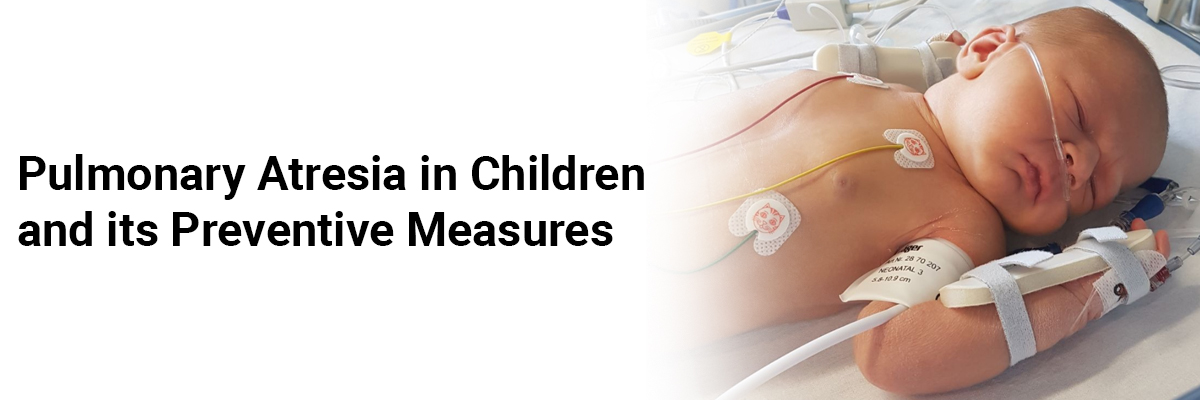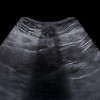
 IJCP Editorial Team
IJCP Editorial Team
Pulmonary Atresia in Children and its Preventive Measures
Pulmonary atresia, a congenital cardiac abnormality, is often detected shortly after birth and presents as a faulty development of the pulmonary valve.
Since children with pulmonary atresia don't get enough oxygen, they generally have a blue hue to their skin. It is a potentially fatal condition, and its first treatment stages include procedures to fix a children's heart problem and drugs to assist a baby's heart to perform more properly.
The signs and symptoms of pulmonary atresia include cyanosis, shortness of breath or rapid breathing, being easily tired or exhausted, and feeding issues.
Pulmonary atresia typically has no recognized etiology. However, several risk factors may provoke congenital heart abnormality in the child, such as having congenital heart defects in parents, obesity in the mother before conception, smoking before or during pregnancy, and a diabetic mother with uncontrolled diabetes.
Avoiding pulmonary atresia is impossible since its actual etiology remains unclear. However, several preventive measures before or during pregnancy may help minimize the overall risk of congenital cardiac abnormalities in a newborn. Controlling chronic medical conditions by consulting a doctor about the risks and benefits of the concerned medications and getting the German measles (rubella) vaccine before getting pregnant are a few ways that will help to prevent congenital heart abnormalities like pulmonary atresia.
Source: Ackerman J. Overview on Pulmonary Atresia in Children along with its Preventive Measures. Clin Pediatr.2022; 7:209.

IJCP Editorial Team
Comprising seasoned professionals and experts from the medical field, the IJCP editorial team is dedicated to delivering timely and accurate content and thriving to provide attention-grabbing information for the readers. What sets them apart are their diverse expertise, spanning academia, research, and clinical practice, and their dedication to upholding the highest standards of quality and integrity. With a wealth of experience and a commitment to excellence, the IJCP editorial team strives to provide valuable perspectives, the latest trends, and in-depth analyses across various medical domains, all in a way that keeps you interested and engaged.




















Please login to comment on this article